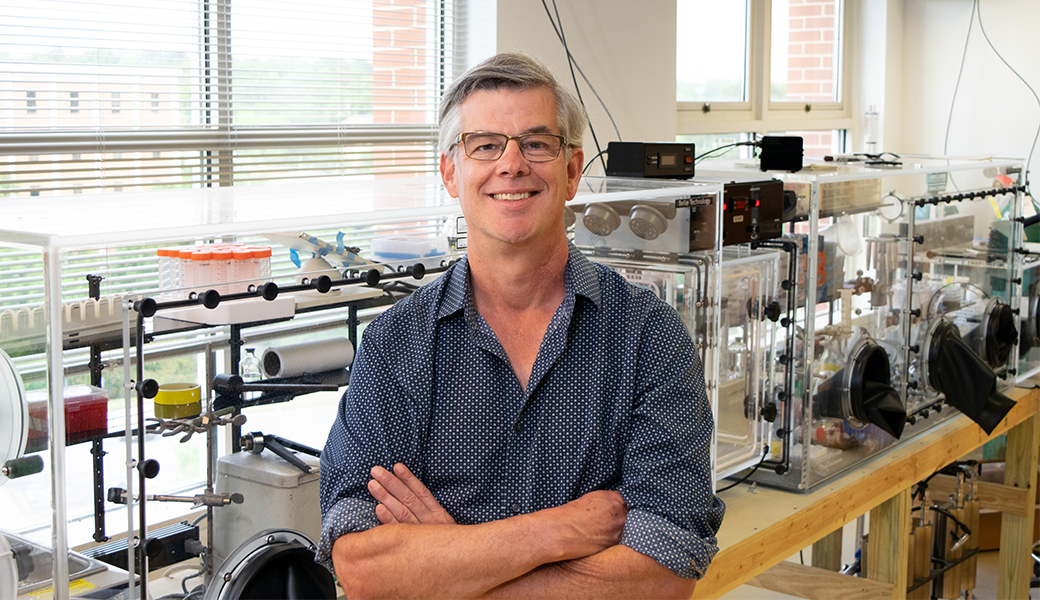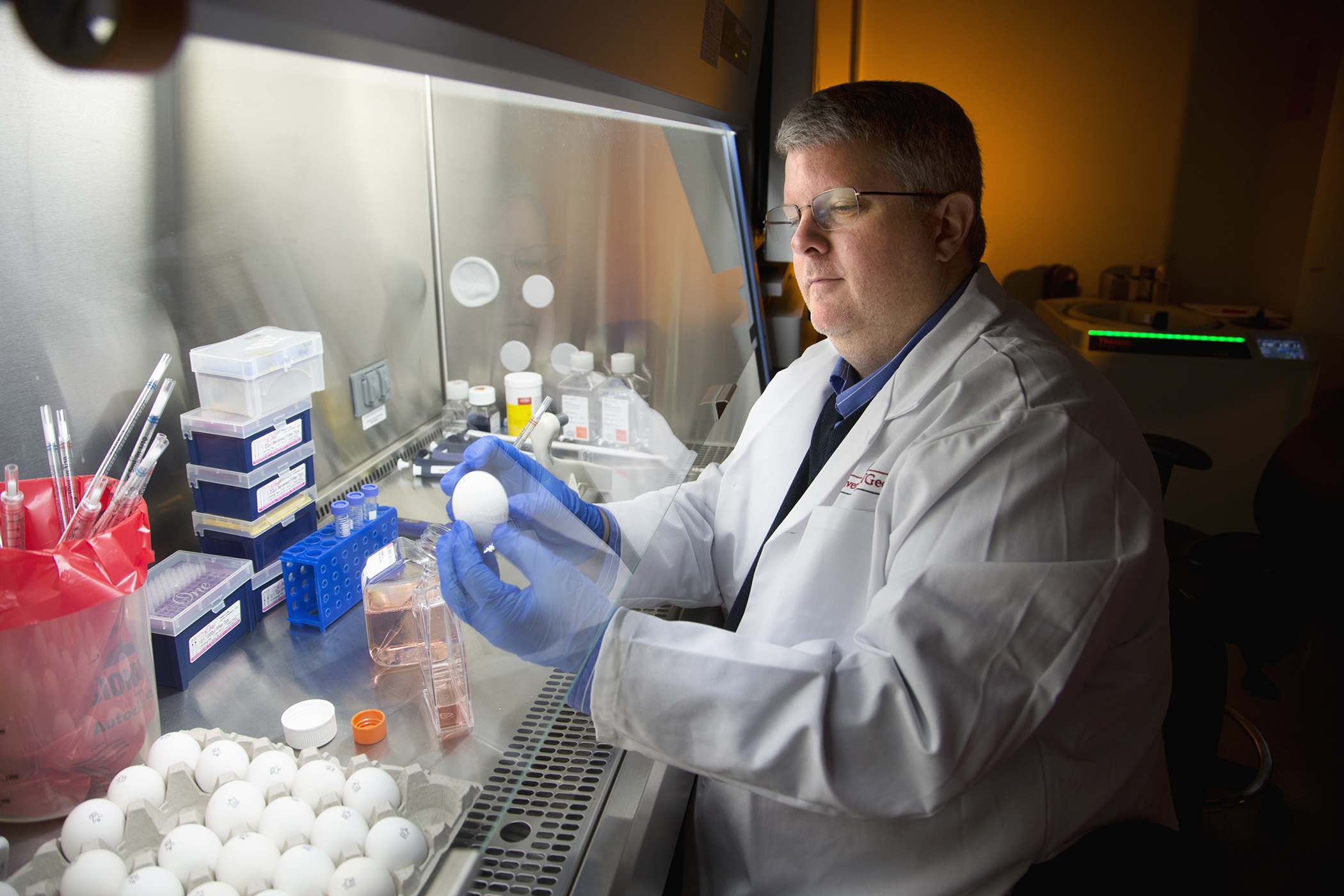New research from the University of Georgia has identified the critical role a particular type of protein – known as histone – plays in archiving information from past viral threats and contributing to more effective immune responses to future threats, through what is called genetic immunity.
Histones are highly conserved proteins that have been compared to spools around which strands of DNA wrap themselves. A research team led by Michael Terns, Regents’ Professor of biochemistry and molecular biology in the Franklin College of Arts & Sciences, found that histones, like microscopic librarians, help sort genetic information of viral pathogens the cell has encountered to guide new viral threats.
Specifically, Terns and his team studied a type of single-cell organism called archaea. The discovery sheds direct light on archaeal genetic immune systems and could have far-reaching implications in our understanding of CRISPR genetic technologies.
CRISPR—which stands for “clustered regularly interspaced short palindromic repeats”—is a family of DNA sequences found in single-cell organisms including archaea and bacteria. CRISPR-Cas systems provide heritable and adaptive immunity against viruses by maintaining a record of previously encountered threats in an array of short, direct repeats separated by a series of spacers.
Imagine a CRISPR-Cas immune system as a cut-and-paste tool that updates information contained within an organism’s genome to protect against specific threats, and spacers as memory cards that contain the genetic information of potentially dangerous viral pathogens it has previously encountered.
“As a CRISPR biologist, this answered a real mystery and gave mechanistic understanding to how the system works,” Terns said “CRISPR is a hot topic, and the heritable nature of this RNA-based immunity system is what makes it truly unique. Now, we’ve discovered a key early step in the CRISPR immune pathway that enables an organism to memorize and vaccinate itself against its viral enemies—and importantly, to pass this immunity on to its offspring and to future generations.”
Terns and his team had previously published on the primary machinery that integrates foreign DNA into CRISPR repeats but, using isolated components, spacer DNA fragments were integrated into each CRISPR repeat equally. Inside of the organism, something different happened.
“In living cells, foreign DNA fragments were exclusively inserted to the CRISPR repeat next to the leader region,” Terns said. “The question was, why? My hypothesis was that inside the cell there’s another factor that directs the spacer integration complex to add viral spacers to the first repeat only, not to the other identical repeats.”
That factor, their research indicates, is histones.
In the study, researchers observed DNA integration into Pyrococcus furiosus, a species of archaea native to deep sea environments. Deletion of the histones impaired spacer integration, while purified histones directed integration to the repeat immediately adjacent to the leader, or regulatory, end of the CRISPR array.
The idea, Terns said, is that histones are chronologically organizing genetic information to provide organisms with the immune defense against the most immediate threats in their environment. Then, as is the nature of CRISPR, this new genetic sequence is passed down through future generations of the organism.
“We’re studying a global viral pandemic that’s been raging for billions of years,” he said of the archaea they examined in the study. “It’s an arms race between the organisms and the viruses that infect them, and we’re beginning to understand its mechanics.”
This research was published by Nature Microbiology, in a journal article titled “Histones direct site-specific CRISPR spacer acquisition in model archaeon.”






